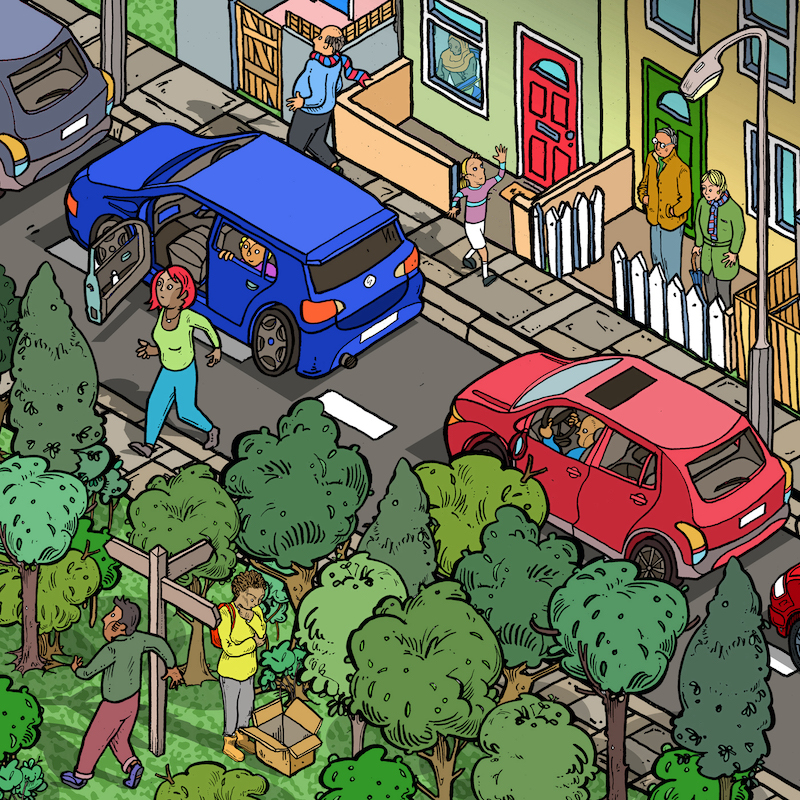Longlisted for the Write about Walking A/way competition 2023
In the time it takes for the fair to roll into town, and the stars to drop to the ground to leaflet the crowds, and for you to steal the money to go with Cally-T, and for her to leave again with the fair, patterns of disembodied lion-heads like sunflowers on canvas, and a man's hand reaching from the trailer back, his arm stretching to grab hers, and her feet lifting into the air, hitching her wagon to anyone's leaving this town, promising she’ll write, though you know she can't read—in that time you realise. In the time it takes for the sunflower you plant, in your Leaving Cert biology class, a school-garden time-capsule, to sprout and grow three inches, to follow the sun, the seed case hanging onto the leaf, frozen in the uncurl—in that time, you realise. In the time it takes your father to come in from the fields, to find his rainy-day fund in the hollowed-out otter gone, and the fair's been and gone, from the flattening of grass and muddy tracks, and you’re gone, last night’s plate of food, Irish stew, cold, still there, like the sunflower tiles your mother said she planted in the kitchen because she had no time to watch them grow—in that time, while you’re on a barn roof, to be closer to the stars, you realise in the time it takes, that time takes and for you it will take time, because you won’t walk away too.
- Read other pieces in the Write about Walking A/way competition longlist
- Itching to write something yourself? Submit a piece to our Shorelines project, and invite your friends to read it aloud. Join one of our creative writing workshops or keep up to date with all our competitions by signing up to our curated newsletter here.


